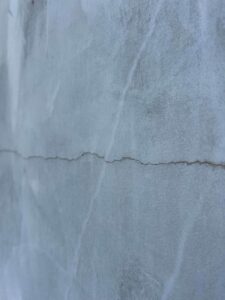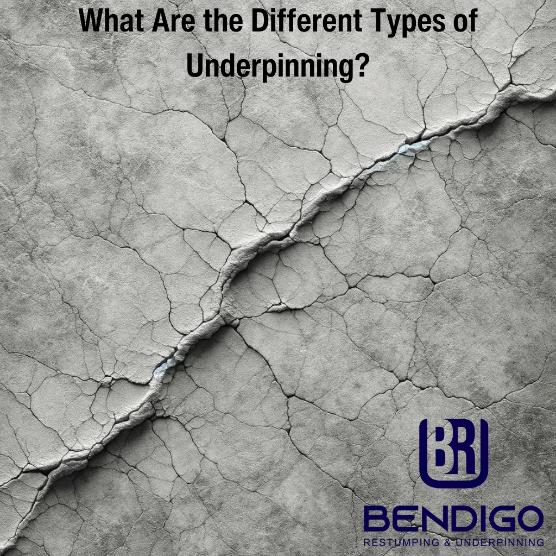The traditional block, bored pier, mini-piled, and screw pile methods are the different types of underpinning used today. These methods ensure the stability and safety of structures, particularly in cases of subsidence or during renovations that add significant weight.
Each of these underpinning techniques serves a specific purpose, depending on the soil conditions and the building requirements.
In this blog, we’ll discuss each underpinning technique in detail.
Types of Underpinning Methods
The traditional block underpinning, bored pier underpinning, mini-piled, and screw pile methods are the main types of underpinning techniques used nowadays.
Traditional Block Underpinning
Traditional block underpinning is a method used in foundation repair to stabilise and strengthen building foundations. This process involves excavating sections beneath a structure and sequentially placing concrete blocks to support the foundation.
It’s particularly effective for older buildings where the original foundation has weakened over time. This technique is essential in extending the foundation repair time, ensuring long-term stability and safety of the structure.
Bored Pier Underpinning
Bored pier underpinning is a technique used to reinforce and stabilise existing building foundations. This process involves drilling deep, vertical holes into the ground, which are then filled with concrete and reinforced with steel to form strong piers.
These steel-reinforced piers are strategically placed beneath the foundation, providing robust additional support, especially in areas with poor or shifting soil conditions.
By distributing the building’s load more evenly, this method effectively prevents further subsidence, ensuring the long-term stability and safety of the structure.
Mini-Piled Underpinning
Mini-piled underpinning involves the use of small diameter piles, usually between 150mm and 300mm, drilled deep into the ground to reach stable soil layers. This technique is ideal for buildings with restricted access or where traditional underpinning methods are not feasible.
The mini-piles, made of steel or reinforced concrete, provide strong support to the existing foundation, redistributing the building’s load to the more stable ground. They’re particularly effective in varied soil conditions and structures requiring additional support due to increased loads or subsidence.

Screw Pile Method of Underpinning
The screw pile method of underpinning involves the use of steel piles with helical screws at their ends, which are drilled into the ground like a screw into wood. This technique is quick to install and causes minimal disturbance to the surrounding area, making it suitable for sites with limited access or where noise and vibration must be minimal.
Screw piles are particularly effective in soft soil conditions, providing a stable foundation by transferring the load to more competent, deeper soil layers.
What is the Best Type of Underpinning?
The best type of underpinning is traditional block underpinning, also known as mass concrete underpinning. This method has been the most widely used and for the longest time. It involves the strategic placement of concrete blocks to reinforce building foundations.
Traditional block underpinning is highly reliable and is typically approved by an engineer, ensuring it meets safety and quality standards.

